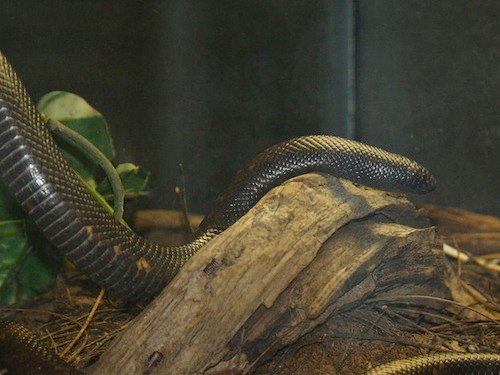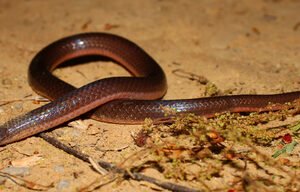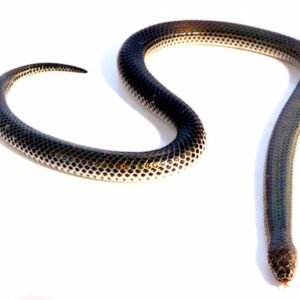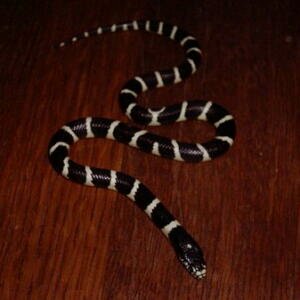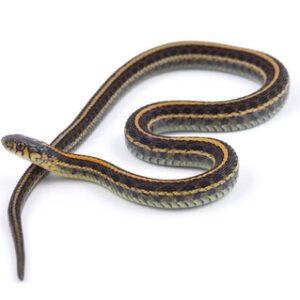Understanding the Black Blood Python: Characteristics and Care
The Black Blood Python, known scientifically as Python curtus, is a captivating species celebrated for its striking appearance and intriguing behaviors. Typically, adults display deep black coloration interrupted by bold, vibrant patterns of yellow and bronze, which create an eye-catching contrast. This species can grow up to 8 feet in length, with some exceptional individuals reaching even longer. Their robust physicality and distinctive scale texture add to their allure as exotic pets.
In terms of temperament, Black Blood Pythons are generally known for being relatively docile. While they may exhibit some initial defensiveness, particularly during handling, regular, gentle interaction can help them acclimate to their human caretakers. This characteristic makes them a suitable choice for both novice and experienced snake enthusiasts looking to add an exotic but manageable serpent to their collection.
Understanding their natural habitat is crucial for successful care. Black Blood Pythons are indigenous to the rainforests of Southeast Asia, where humidity levels are consistently high, and temperatures range from 75°F to 85°F. To replicate these conditions in captivity, it is essential to set up an enclosure that allows for a temperature gradient, providing a warm basking area and cooler zones. Maintaining humidity levels between 60% and 80% is also vital for their health and metabolism.
Dietary needs should also be considered, as these pythons are primarily constrictors and favor a diet of rodents. Juveniles may require smaller prey items, while adult Black Blood Pythons can handle larger meals, such as rabbits. Care must be taken to avoid overfeeding, which can lead to obesity and related health issues. Recognizing the unique aspects of caring for a Black Blood Python can prepare prospective owners for the responsibilities involved, ensuring a rewarding experience while safeguarding both pet and owner.
Essential Tips for Health and Habitat Maintenance
Maintaining a healthy habitat for your Black Blood Python is crucial for its well-being and longevity. The first step is to ensure cleanliness within the enclosure. Regularly remove uneaten food, waste, and any soiled substrate to prevent the build-up of harmful bacteria and parasites. A weekly deep clean, which includes rinsing the enclosure with a suitable disinfectant and replacing the substrate, will contribute significantly to maintaining a proper environment.
When selecting substrate, opt for options that are safe and conducive to your snake’s natural behavior. Coconut husk, aspen shavings, or paper towels are common choices. These materials not only mimic the natural habitat but also provide ample insulation and a comfortable surface for burrowing. Additionally, it is essential to provide adequate hiding spots within the enclosure. This will help your Black Blood Python feel secure and reduce stress levels. Items such as hollow logs, caves, or commercially available hides can serve as excellent shelters.
Routine health checks are just as vital as maintaining the habitat. Monitor your snake’s weight and physical condition regularly, as well as observe for any signs of distress or illness, such as abnormal shedding, lethargy, or unusual eating habits. If any concerning symptoms arise, do not hesitate to seek veterinary care. Being proactive is key to preventing potential health issues in your pet.
Moreover, regular handling and socialization play an essential role in the well-being of a Black Blood Python. Gradually introduce your snake to handling sessions, which will help acclimate it to human interaction and reduce stress during regular maintenance. Create an enriching environment with climbing branches, water features, or even live plants to stimulate your snake mentally. This contributes to a healthier lifestyle for your pet and ensures its happiness.

